Introduction Many individuals utilize the lower half of their bodies to go to different places and use the various surrounding muscles that provide stability on…
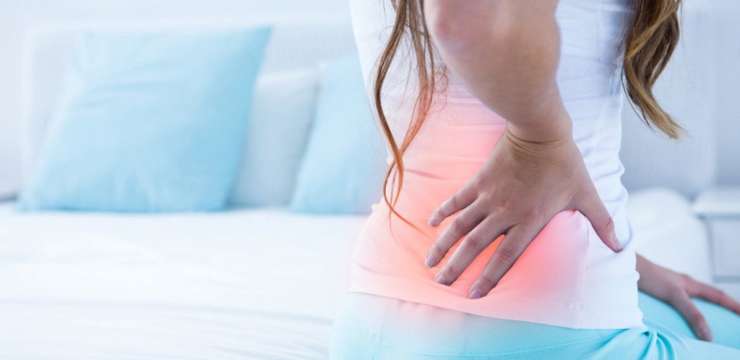

Introduction Many individuals utilize the lower half of their bodies to go to different places and use the various surrounding muscles that provide stability on…
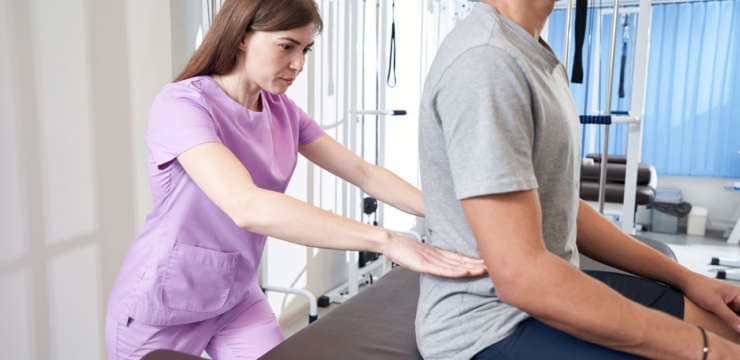
Back pain is one of the most common reasons individuals go to a doctor, massage therapist, physiotherapist, osteopath, and chiropractor. Various health conditions, some spine-related,…
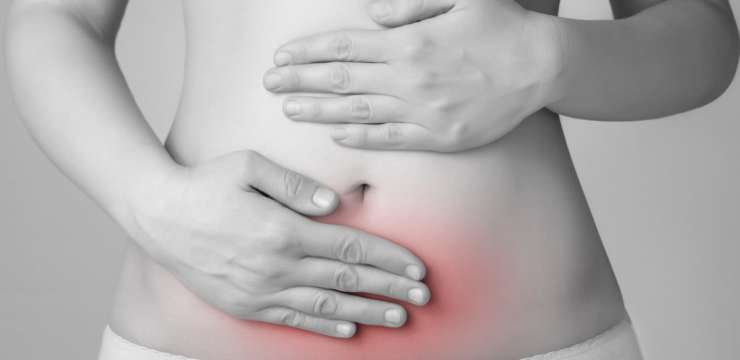
Introduction The body’s pelvic region has many functions crucial for functionality with the host. The various muscles surrounding the pelvis help provide stability to the body’s core,…
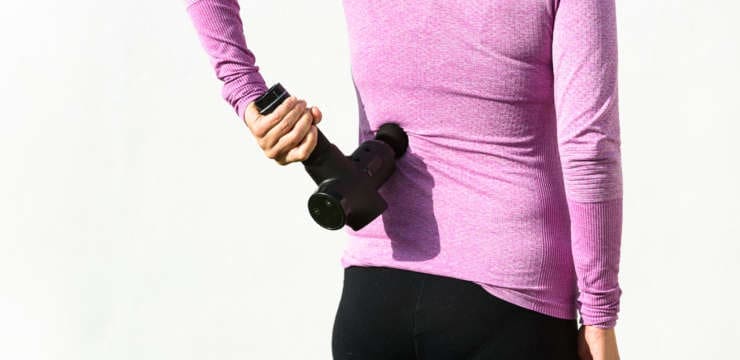
The body’s musculoskeletal system consists of bones, cartilage, ligaments, tendons, and connective tissues. These parts get pushed to the extreme with everyday wear and tear,…

All sports differ in the relative importance of various physical skills contributing to the game and individual performance. Baseball is a precision sport with fast,…
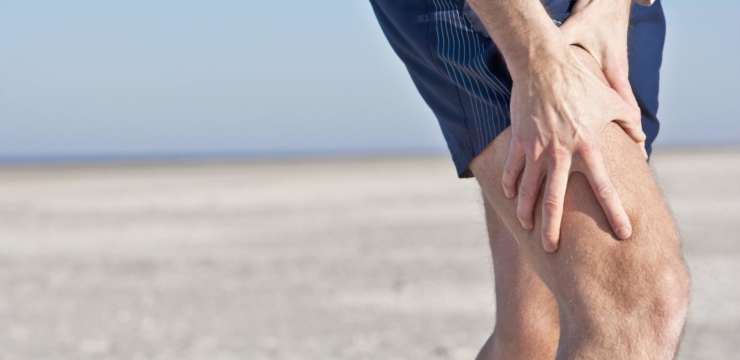
Introduction The posterior section of the lower half of the body consists of the hips, low back, pelvis, legs, and feet, which provide stability to the body…
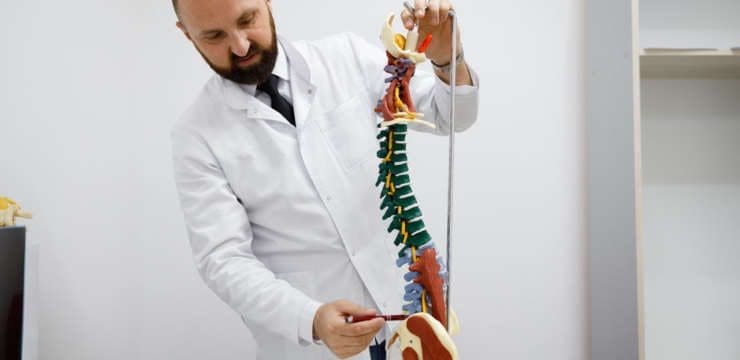
The function of the SI joints is to allow torsional or twisting movements when moving the legs that act as levers. Without the sacroiliac joints…
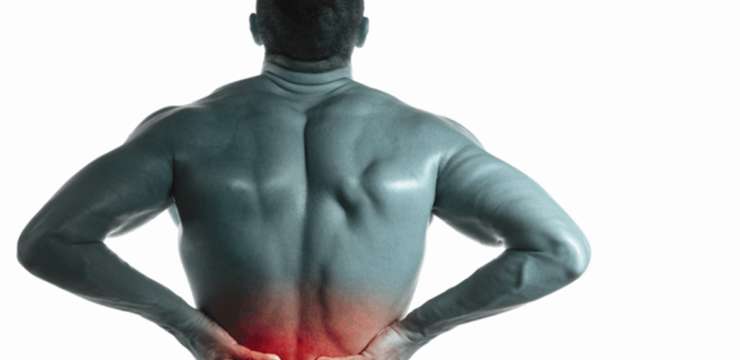
Introduction The lower back works with the body’s lower extremities by stabilizing the hips and helping support the upper body’s weight. The lower back also has many functions when…
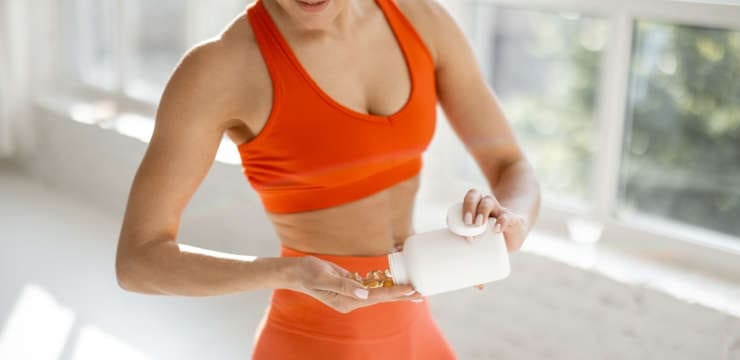
Workout recovery is as important as working out. Pushing muscle past its normal levels creates tiny tears in the muscle tissue. It is the repairing…
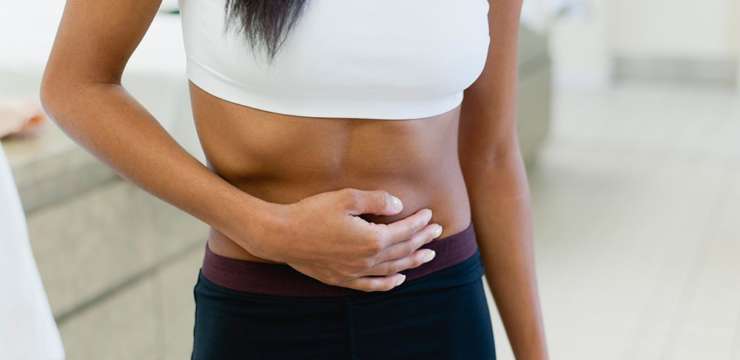
Introduction The body’s lower extremities have a very important role as it helps support the upper body’s weight and provide stability to the lower body.…
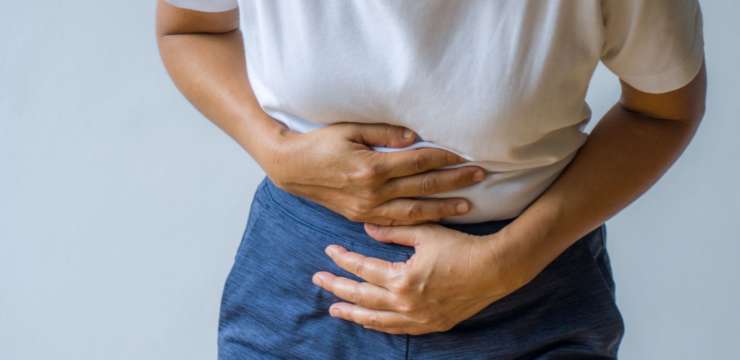
Introduction When it comes to the torso is surrounded by various muscles that help protect the vital organs known as the gut system and help…
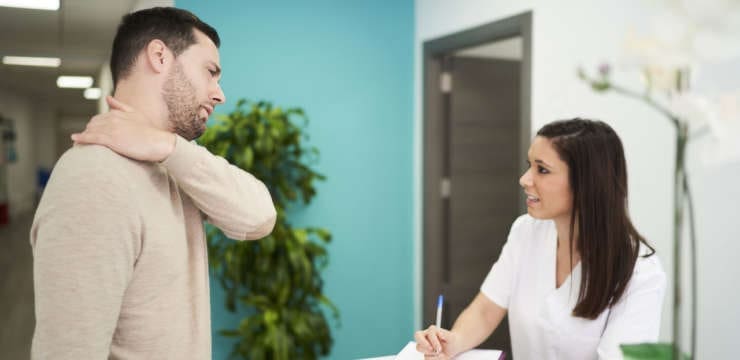
Stress and anxiety treatments can include a range of therapies, including talking therapy, meditation techniques, and medication. Chiropractic care, adjustments, and massage are also used…
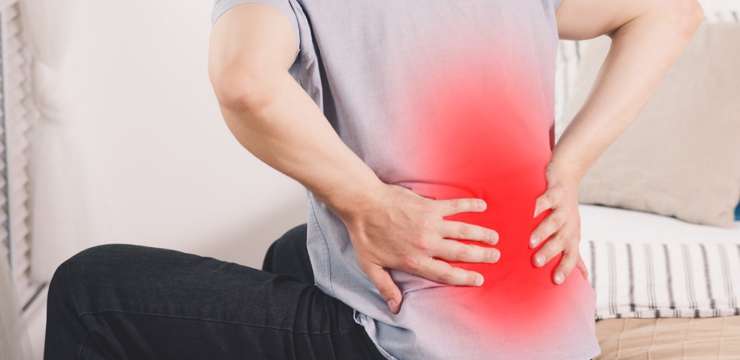
Introduction Many individuals don’t realize that the various muscles in their back help provide functionality to the body. The back muscles help move, bend, rotate, and help…
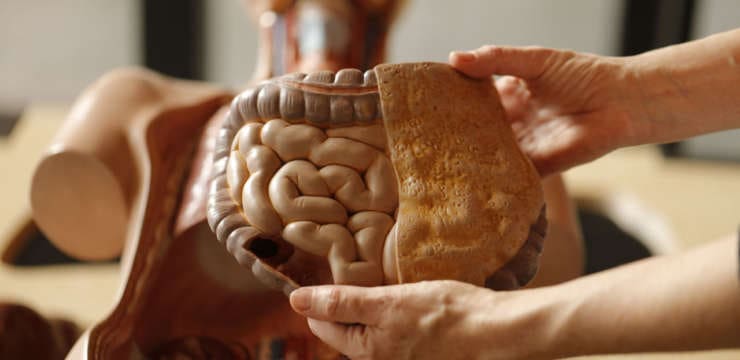
The body needs food for fuel, energy, growth, and repair. The digestive process breaks down food into a form the body can absorb and use…
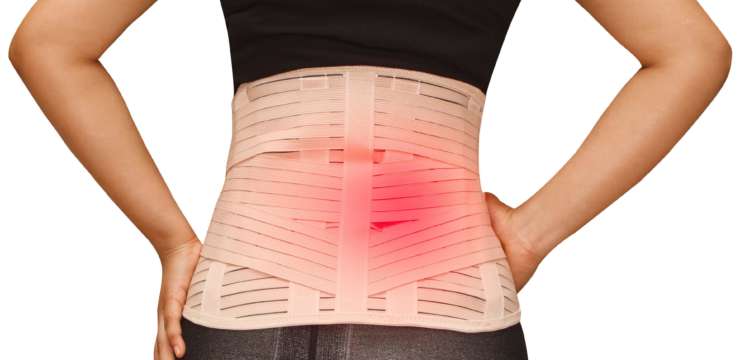
Introduction As the “backbone” of the body, the thoracic region of the back has various muscles that help support the ribcage and protect the heart and lungs from injuries.…
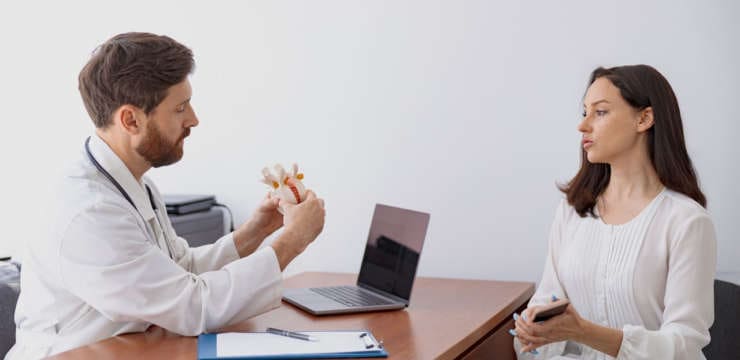
Herniated disc injuries and the time it takes to heal depend on the injury’s cause, the severity, and where it occurred along the spine. Symptoms…
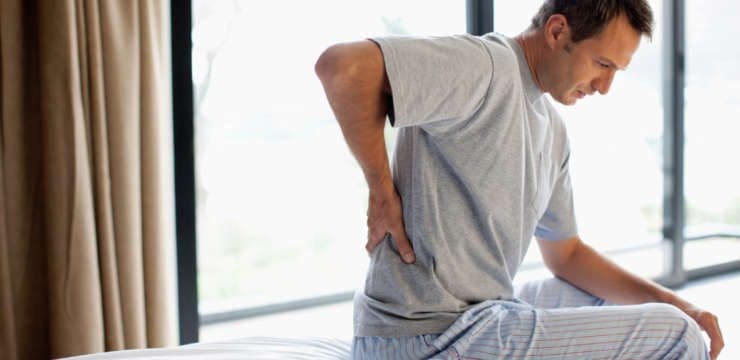
Introduction The upper body works because it provides stability for the body and motor-sensory functions to the arms, neck, shoulders, and chest. The muscles surrounding each…